A Guide to Going Platinum Blonde Without Damaging Your Hair | Pro Secrets for Healthy Results
The Allure of Platinum: A Journey, Not a Race
Platinum blonde isn't just a hair color; it's a statement. Bold, ethereal, and undeniably chic, it's a look that turns heads and exudes confidence. From Hollywood icons to fashion runways, the appeal of icy white strands is timeless. However, the path to achieving this coveted shade is paved with chemical processes that can, if not done correctly, compromise the integrity of your hair. The biggest question on everyone's mind is: how can you achieve this stunning transformation while keeping your locks healthy and lustrous? This is the ultimate guide to going platinum blonde without damaging your hair, a comprehensive roadmap that prioritizes hair health above all else.
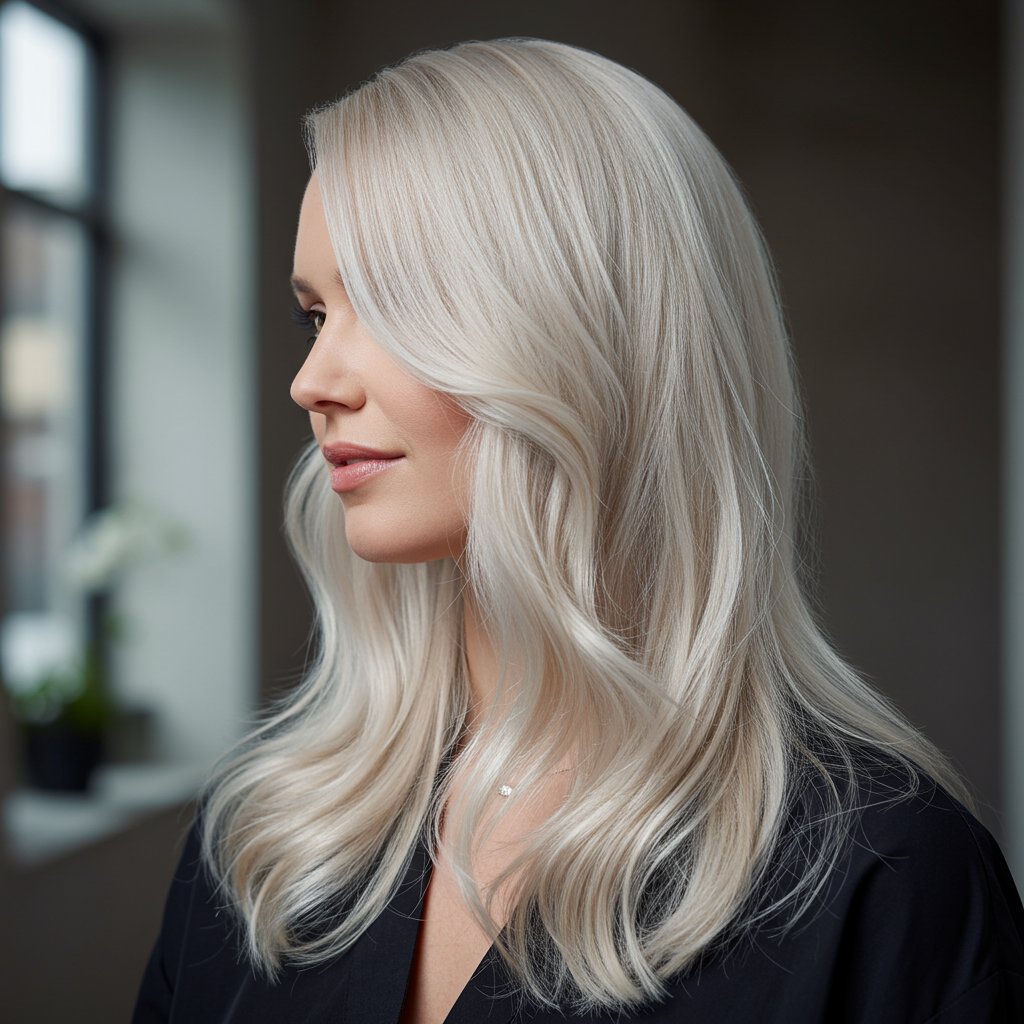
Achieving a perfect, even, and healthy platinum blonde is a delicate science and a true art form. It requires patience, expertise, and a significant commitment to aftercare. Rushing the process or attempting it at home often leads to disastrous results—think uneven, brassy tones, extreme breakage (a "chemical haircut"), and hair that feels more like straw than silk. This post will demystify the process, explaining everything from the initial consultation and hair assessment to the science of lighteners, the magic of bond builders, and the non-negotiable aftercare routine that will keep your platinum hair looking and feeling incredible. Forget the horror stories; with the right approach and professional guidance, your dream of healthy platinum blonde hair is absolutely within reach.
The Platinum Prerequisite: Is Your Hair a Candidate?
Before you even book an appointment, the first and most critical step is a realistic assessment of your hair's current condition. Not all hair is created equal, and not all hair is ready for the intensive lightening process required for platinum. An experienced stylist will conduct a thorough consultation, but you can begin by evaluating a few key factors yourself. The ideal canvas for platinum is "virgin" hair—hair that has not been previously colored or chemically treated. Virgin hair lightens more predictably and evenly, with a lower risk of unexpected chemical reactions or severe damage. Your hair's natural texture and thickness also play a role; fine hair, for instance, is often more fragile and may require a gentler, slower approach than coarse, resilient hair.
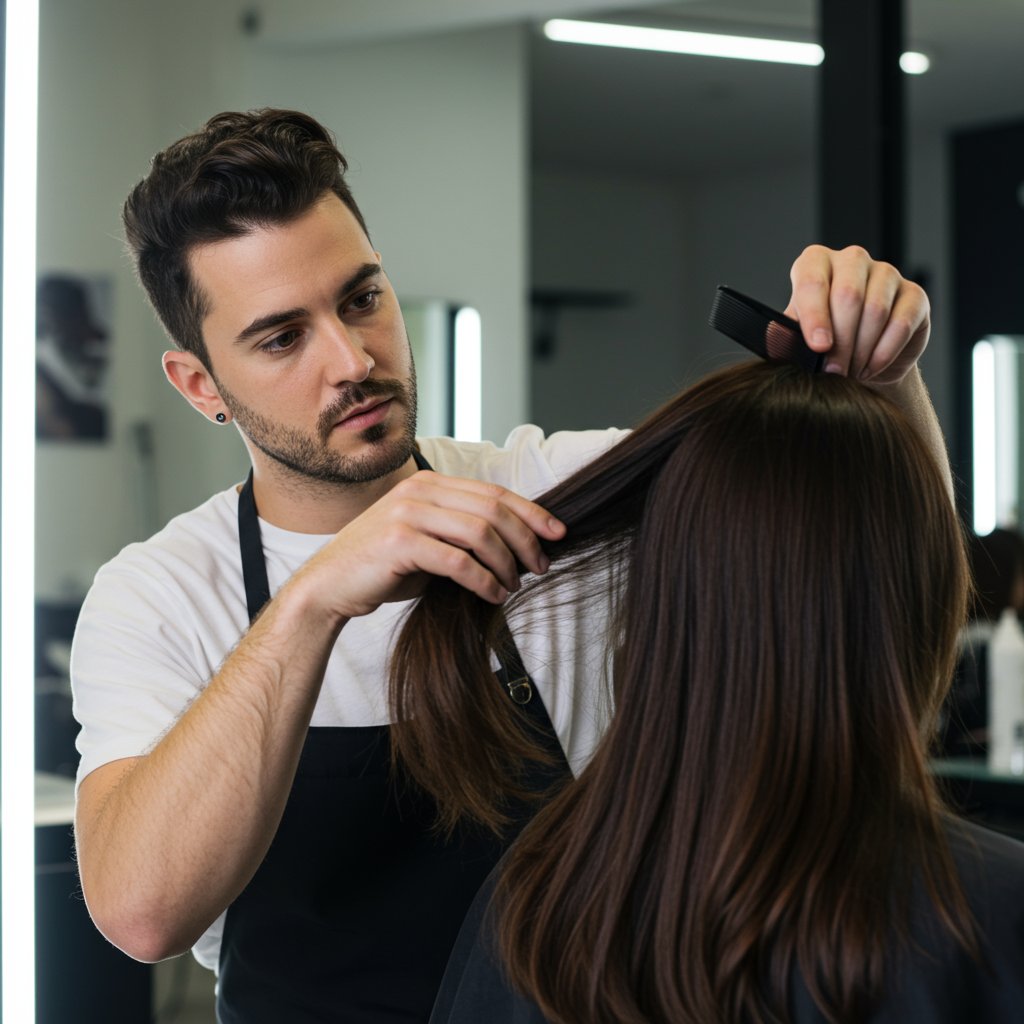
Porosity is another crucial factor. High-porosity hair, which may be naturally dry or previously damaged, absorbs and loses moisture quickly. While it can lift color fast, it's also highly susceptible to breakage. Low-porosity hair, with a tightly bound cuticle, can be resistant to lightening, requiring more processing time. A professional stylist will perform a strand test to see exactly how your hair lifts and to determine the precise formulation and timing needed. If your hair is already heavily processed, has been colored with dark box dye, or shows signs of significant damage, a stylist may recommend a series of reparative treatments to improve its health before even considering a lightening service. Honesty during your consultation is key—disclose your entire hair history for the safest, most beautiful outcome.
The Science of Lightening: How Bleach Works and Why It's Risky
To understand how to prevent damage, it's essential to understand what's happening to your hair on a molecular level during the lightening process. Hair color, or melanin, is stored within the hair's cortex. To get to a platinum level, this natural pigment must be removed. This is achieved using a lightener (commonly called bleach), which is typically a mixture of an alkaline agent like ammonia and an oxidizing agent like hydrogen peroxide. When applied, this mixture swells the hair shaft, opening up the protective outer layer known as the cuticle. This allows the lightener to penetrate the cortex and dissolve the melanin molecules. Darker hair has more melanin and requires a more significant chemical reaction to lift to a pale yellow, the necessary stage before toning to platinum.

This process is inherently taxing on the hair's structure. As the cuticle is forced open and melanin is broken down, the hair's internal protein bonds (disulfide bonds), which give hair its strength and elasticity, are also weakened and can be broken. This is the root cause of chemical damage. Over-processing, using a developer that's too strong, or overlapping lightener on previously lightened hair can lead to a catastrophic loss of these bonds. The result is hair that is highly porous, brittle, and prone to snapping. This is why going platinum blonde without damaging your hair hinges on a professional's ability to control this chemical reaction precisely, lifting the hair to the perfect level without pushing it past its breaking point.
Understanding Toners and Pigment Neutralization
Lightening hair is only half the battle. When dark hair is lifted, it naturally exposes underlying warm pigments, moving through stages of red, orange, and yellow. It's impossible to lift hair directly to a white or ashy blonde. The final raw lift will always be a shade of pale yellow, like the inside of a banana peel. This is where toner comes in. Toners are demi-permanent colors that work on the principle of color theory to neutralize these unwanted warm tones. To cancel out yellow, a violet-based toner is used. To cancel out any lingering pale orange or gold, a blue-based toner is applied. A skilled colorist will often custom-mix toners to create the perfect, multi-dimensional platinum shade, whether you're aiming for an icy white, a soft silver, or a creamy pearl blonde. Toning is a non-negotiable step that refines the color and perfects the final result.
The Professional Difference: Why a Stylist is Non-Negotiable
In the age of DIY tutorials, it can be tempting to try lightening your hair at home. However, when it comes to a transformation as extreme as platinum blonde, the risks of a DIY approach far outweigh any potential savings. The journey to platinum is one of the most technically demanding services in cosmetology, requiring a deep understanding of hair chemistry, precise application techniques, and access to professional-grade products that are simply not available to the public. An experienced colorist is your hair's best defense against damage.
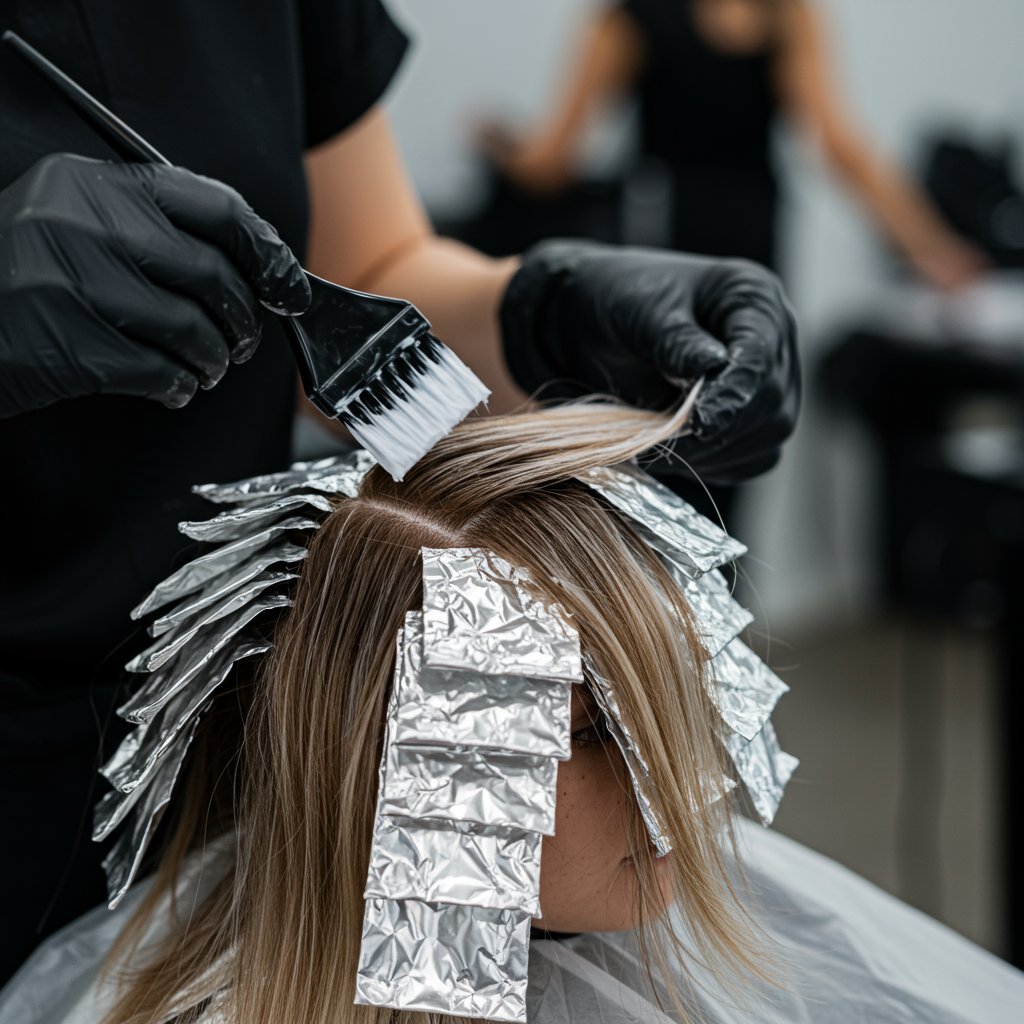
Professional stylists have access to a wide range of lighteners with varying strengths and conditioning agents, allowing them to tailor the formula specifically to your hair type and condition. They are masters of application, using techniques like foiling or balayage to ensure clean, even lifting and to avoid overlapping onto previously lightened hair, which is a primary cause of breakage. Most importantly, they monitor the hair's integrity throughout the entire process, knowing exactly when to rinse. A professional salon environment is also equipped with essential damage-mitigating tools, like bond-building additives, that can be mixed directly into the lightener to protect the hair's internal structure from the very start of the service.
The Consultation and Strand Test
The professional process begins with a detailed consultation. This is your opportunity to discuss your goals, your hair history, and the realistic expectations for the process, including the time and financial commitment. A crucial part of this is the strand test. A stylist will apply a small amount of lightener to a hidden section of your hair to see how it reacts, how much it can lift in one session, and what its condition is like afterward. This test provides invaluable information that dictates the entire service plan. It eliminates guesswork and ensures the stylist can proceed with a safe and effective strategy, making it the single most important step in preventing widespread damage.
The Process Deconstructed: What to Expect During Your Appointments
Going platinum is rarely a one-and-done deal, especially for those starting with dark hair. Set your expectations for a journey that may span multiple appointments scheduled several weeks apart. This multi-session approach is the cornerstone of preserving hair health. Pushing the hair to lift too many levels in a single sitting is a recipe for disaster. Your first appointment will likely be the longest, focusing on the initial major lift. The stylist will carefully apply the lightener, process it until the desired level of paleness is achieved, and then rinse, treat, and tone your hair.
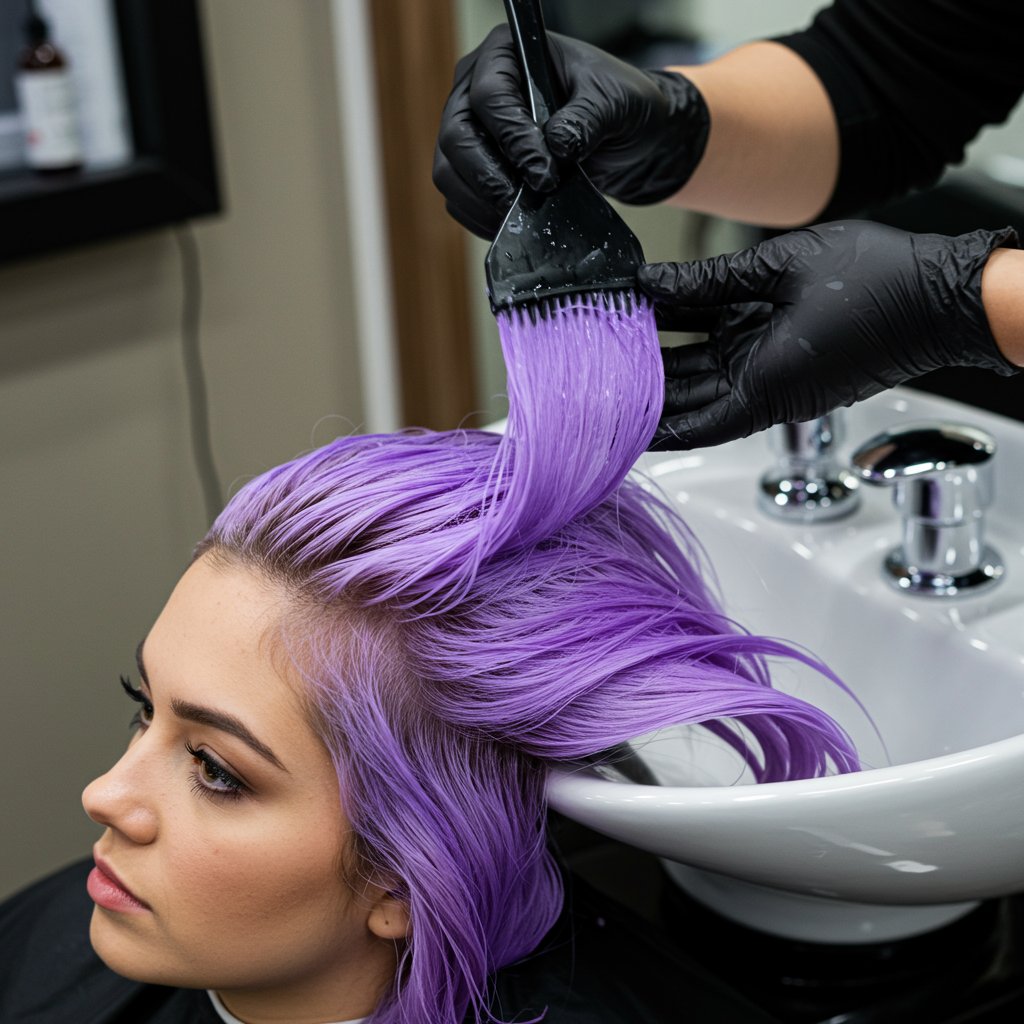
You may leave the first session as a beautiful blonde, but perhaps not the final icy platinum you're dreaming of. This is normal and intentional. The goal is to gently and progressively lighten the hair, giving it time to recover between sessions. Subsequent appointments will involve further lightening until the pale-yellow stage is reached, followed by the final, perfecting toning service. This phased approach ensures the hair's structural integrity is never fatally compromised, allowing you to reach your goal shade with hair that is still soft, shiny, and resilient. Each session will also include deep conditioning and bond-building treatments to replenish moisture and rebuild the hair's internal structure.
Bond Builders and Treatments: The Secret Weapons Against Damage
One of the biggest technological advancements in hair color has been the development of bond-building treatments. These revolutionary products have fundamentally changed how colorists approach high-lift services, making healthy platinum blonde more achievable than ever. Brands like Olaplex, K18, and Schwarzkopf Fibreplex work at a molecular level to protect and repair the disulfide bonds that are broken during the chemical lightening process. They are not merely conditioning treatments that coat the hair; they actively rebuild the hair's internal protein structure from the inside out.
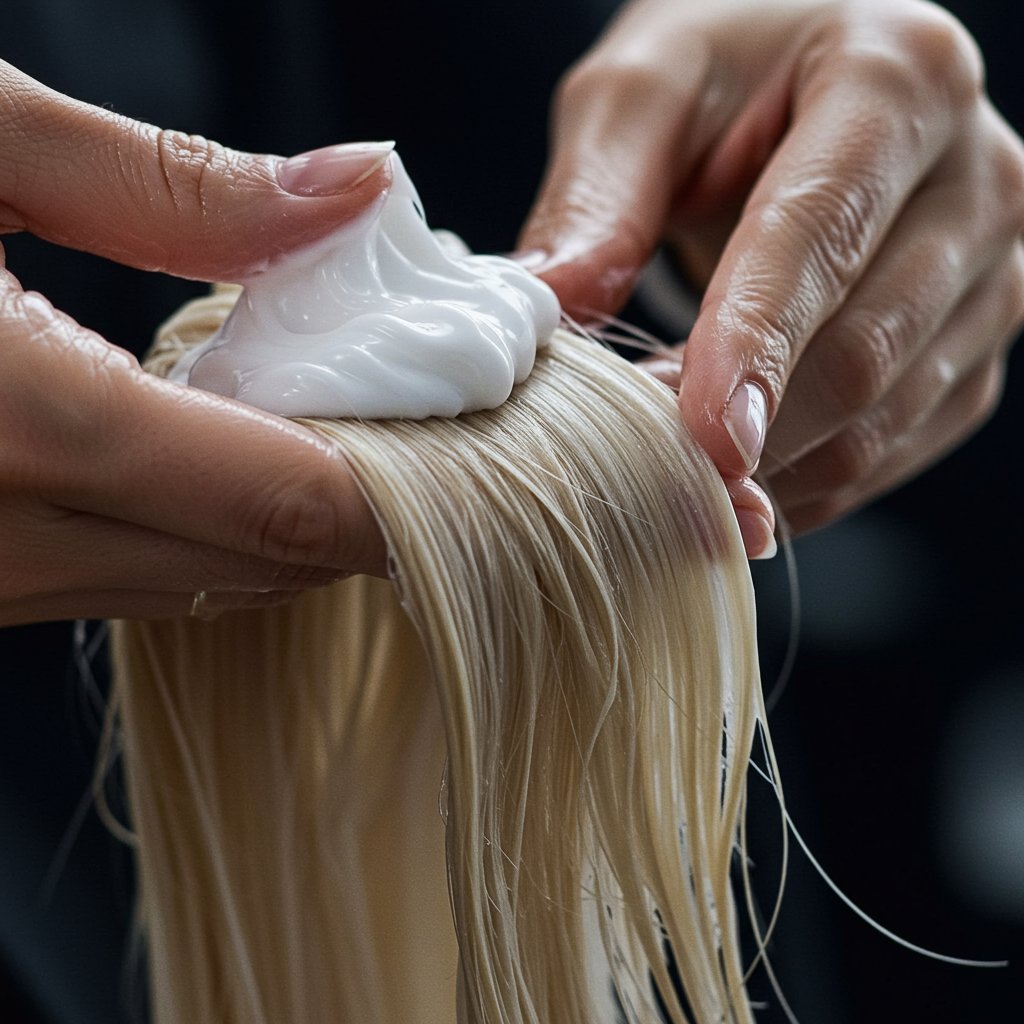
These treatments are typically used as a multi-step system. A professional will add the first step directly into the lightener and color formulas to mitigate damage as it happens. The second step is applied at the shampoo bowl after the color is rinsed out, working to further restore and strengthen the hair before you even leave the salon. The system is then completed with a take-home product that you use weekly to continue the repair process and maintain the hair's health between appointments. Incorporating a bond-building system into your platinum service is a non-negotiable investment in the long-term health and beauty of your hair.
The Aftercare Bible: Maintaining Your Platinum at Home
Achieving your dream platinum is only half the journey; maintaining it is the other half. Once you leave the salon, the responsibility for keeping your hair healthy and your color vibrant falls to you. Platinum hair is, by its nature, more fragile and porous, requiring a dedicated and gentle at-home care routine. Switching your products is not optional; it's essential. Your new regimen should focus on three key areas: cleansing, conditioning, and protecting.
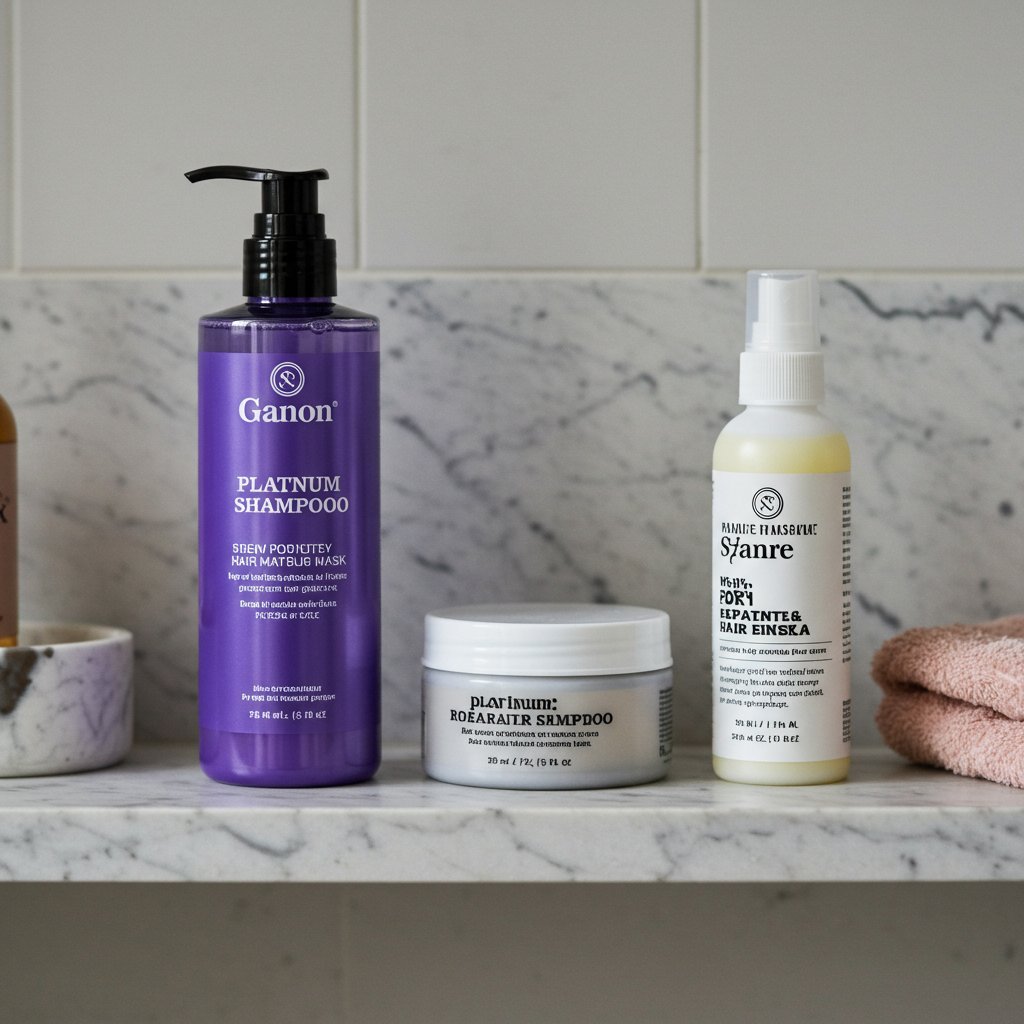
Your New Shower Routine
Start by investing in a high-quality, sulfate-free shampoo and conditioner formulated for color-treated or damaged hair. Sulfates can strip color and moisture, leaving your hair dry and brittle. You'll also need a purple shampoo and/or conditioner to use once or twice a week. These products deposit a small amount of violet pigment to cancel out any yellow or brassy tones that can emerge over time, keeping your platinum cool and icy. Be careful not to overuse them, as they can be drying and may leave a lilac tint. Alternate your purple products with a deeply hydrating, reparative hair mask at least once a week. Let it sit for 10-20 minutes to allow the nourishing ingredients to penetrate the hair shaft.Styling and Protection
Heat is the enemy of bleached hair. Minimize the use of flat irons, curling wands, and even blow dryers as much as possible. When you do use heat, always apply a high-quality heat protectant spray first and use the lowest effective temperature setting. After washing, gently squeeze excess water out with a soft microfiber towel instead of rubbing vigorously with a standard terrycloth towel, which can cause friction and breakage. Apply a leave-in conditioner or hair oil to damp hair to add moisture, detangle, and protect it from environmental stressors. Embracing your natural texture or heatless styling methods will go a long way in preserving the health of your fragile strands.Long-Term Commitment: Root Touch-Ups and Maintenance
Platinum blonde is a high-maintenance relationship. To keep your color looking seamless and prevent damage, you'll need to see your stylist for root touch-ups every 4 to 6 weeks. Waiting longer than this creates a challenge for your colorist. When your roots grow out too long (more than an inch), the heat from your scalp—which helps the lightener process faster—no longer reaches the ends of the new growth. This can result in a band of warmer, yellowish color between the scalp and the previously lightened hair, a phenomenon known as "banding," which is very difficult to correct without overlapping the lightener and causing damage.
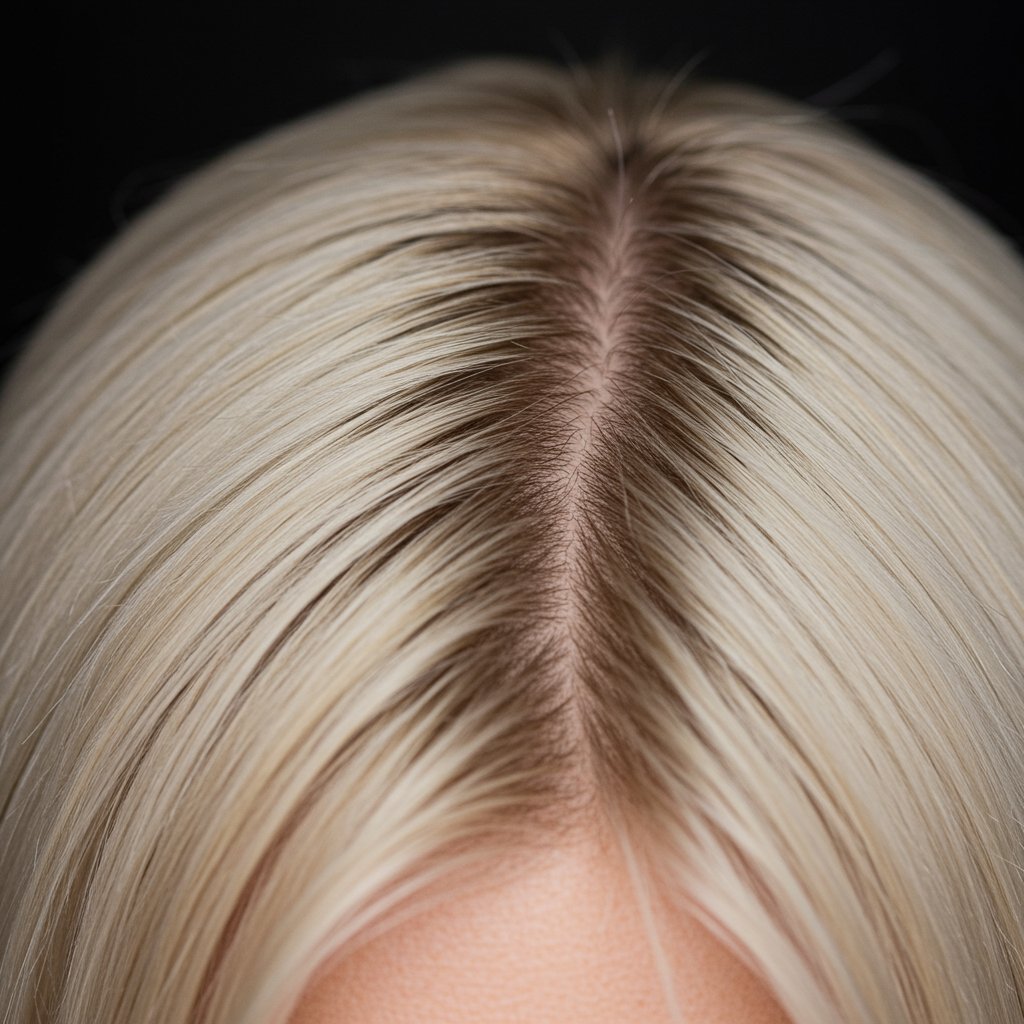
Sticking to a strict maintenance schedule is crucial for both the look and health of your hair. During a touch-up, your stylist will only apply lightener to the new growth, meticulously avoiding the already-lightened lengths and ends. This precision is another reason why professional maintenance is essential. After the roots are lifted to match, your stylist will likely apply a gloss or toner all over to refresh the tone and boost shine. Understand that this is a significant ongoing commitment in terms of both time and budget, but it's the only way to maintain the integrity of your hair and the perfection of your platinum color long-term.
Frequently Asked Questions (FAQ)
1. Can I go platinum blonde in one session? For most people, especially those with dark or previously colored hair, the answer is no. Achieving platinum safely is a gradual process that may take 2-3 sessions or more, spaced weeks apart, to preserve the health of your hair.
2. How much does it cost to go and maintain platinum blonde? Costs vary widely based on location, salon, and your hair's starting point. The initial transformation can be a significant investment, often priced by the hour or as a multi-session package. Maintenance appointments for root touch-ups are a recurring cost every 4-6 weeks. Always have a thorough cost consultation with your stylist beforehand.
3. Will my hair ever feel the same after going platinum? While modern techniques and products like bond builders have made it possible to keep hair incredibly healthy, it's important to be realistic. Hair that has been lightened to this degree will have a different texture. It may feel finer or more porous. However, with a strict and consistent aftercare routine, it can feel soft, strong, and beautiful.
4. What if my hair is already colored with dark dye? This makes the process much more complex. Artificial color molecules are harder to remove than natural pigment. The process will require a color remover or a gentle bleach wash first, and the outcome can be less predictable. It will almost certainly require multiple sessions, and your stylist will need to perform a strand test to see if it's even possible to achieve platinum without compromising your hair's integrity.
5. How do I fix my platinum hair if it starts looking yellow or brassy? For at-home maintenance, a high-quality purple shampoo and conditioner are your best friends. Use them 1-2 times a week to neutralize yellow tones. If the brassiness is persistent, you may need to book a toning or glossing service with your stylist between your regular root touch-up appointments to refresh the color.
Conclusion: Your Dream Hair, Achieved Safely
Going platinum blonde without damaging your hair is not a myth; it's a testament to the synergy between professional expertise, advanced technology, and your own dedication to aftercare. It is an intensive process that demands patience and investment, but the stunning result is well worth the effort. By starting with a healthy canvas, entrusting the process to a skilled professional colorist, embracing the power of bond-building treatments, and committing to a rigorous at-home maintenance routine, you can wear your icy crown with confidence. Remember, the most beautiful platinum blonde is healthy platinum blonde, and achieving it safely is the ultimate luxury.


